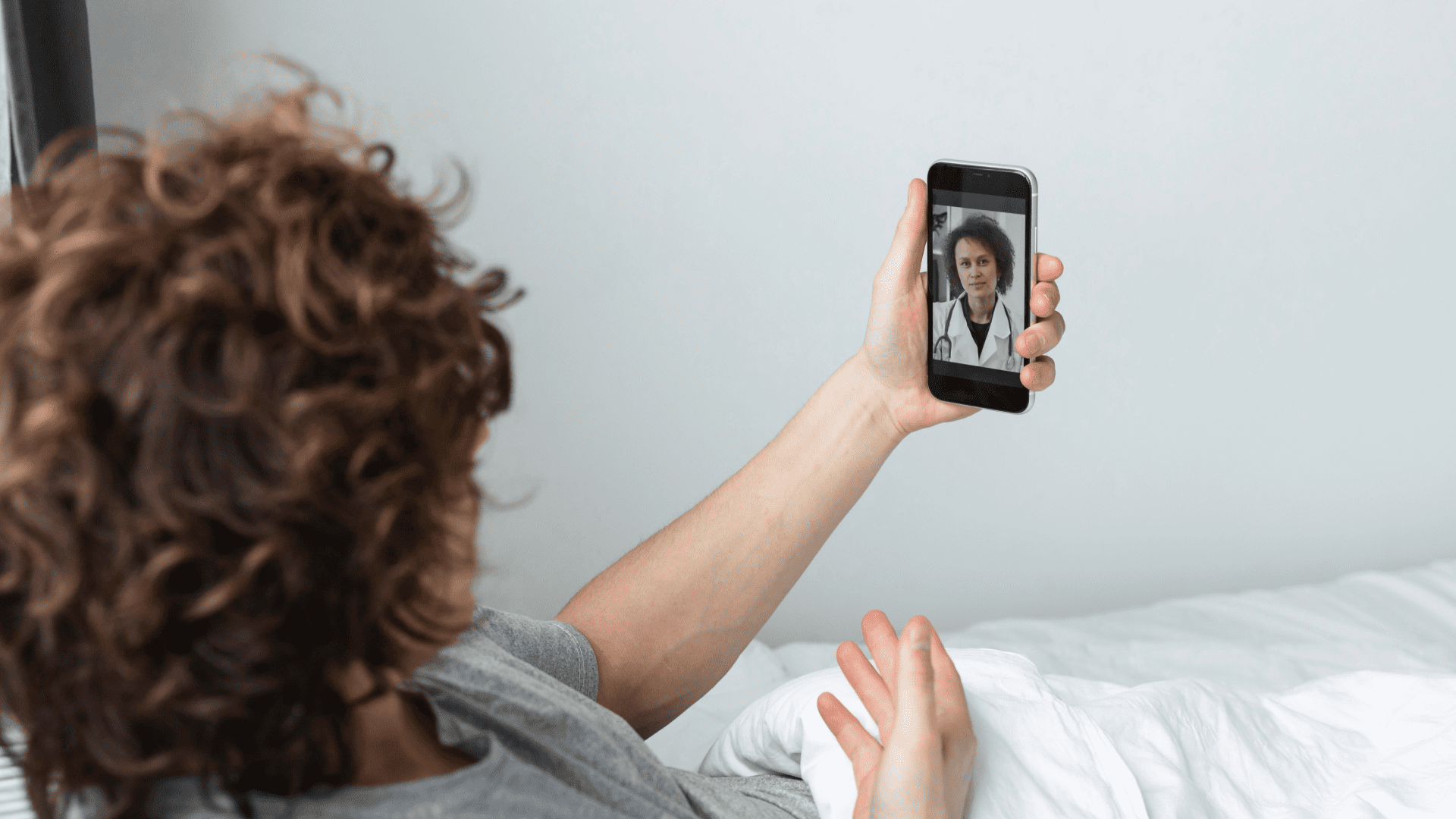
The COVID-19 pandemic put tremendous pressure on healthcare systems across the world. However, it also paved the way for more people trying and getting comfortable with using telehealth tools made available by their care provider.
According to the data from CDC, in the last week of March 2020, telehealth visits were up 154% compared with the same period the previous year!
With the help of telehealth services, healthcare professionals can diagnose, medically intervene, record, monitor, and report on patients through the internet and intranet channels. Increasingly, healthcare professionals are considering telehealth as a valuable asset to offer the best of healthcare even in the post-COVID world.
Telehealth is more than just video & audio calling, texting, or emailing the patients. It also involves gathering patient data (including diagnostic reports, previous medication history, etc.) which can be accessed, analyzed, and updated in real-time for delivering better care.
Telehealth users are also leveraging the power of mobile devices into their clinical practice for seamless monitoring of patient data and better communication among health teams and researchers.
For instance, the Veterans Health Administration started the ‘Anywhere to Anywhere’ initiative, where Veterans are offered home-based care with their application, called VA Video Connect. This app can be easily downloaded on smartphones and veterans living in rural areas get medical attention promptly.
For healthcare organizations that have invested in telehealth initiatives, here are some of the ways they can use mobile services to enhance their offerings.
A mobile-first trend has seen users spend 90% of their mobile time on using apps. It has been easier than ever to encourage patients to keep a track of their health by using activity tracking and fitness apps. In recent times, there has been explosive growth in the usage of mobile apps like MyFitnessPal. These apps coupled with fitness trackers like Fitbit, Garmin, Apple Watch, and others have become increasingly popular for users to monitor their health and fitness.
By paying heed to this trend, a lot of healthcare organizations are putting their money on mobile applications so that there is faster and enhanced tracking of chronic medical conditions like diabetes, cardiac diseases, kidney issues, or high blood pressure. For example, a patient with high blood pressure, can track weight, diet and periodic BP readings with a mobile app integrated to a BP reader. Patients can also record medication taken and review their blood pressure trending over a period. This data collected from the mobile application can be shared with their provider to help them make more informed decisions on the course of treatment.
Tracking the dosage and frequency of medicine intake can be, sometimes, difficult – especially for older patients. Mobile apps can be used to share timely reminders and alerts so that the patients can take the medications on time.
With the help of mobile technology, there can be more seamless communication and engagement between the patient and the doctor. A lot of patients are hustling with their schedules, and it can be challenging to quickly make doctor’s appointments This is where the telehealth platforms can use mobile apps for quick scheduling of appointments and patient interactions. Using user-friendly apps, patients can also interact with the doctors via secure messaging. Not only the millennials but also the older generations are adapting these facilities since they are user-friendly and easy to use.
Several organizations are serious about their mobile health initiatives and of those who have implemented the mHealth programs, 64% have conveyed that patient education has been one of the key motivators of their mobility initiatives.
Many people do not quite understand healthcare information or don’t have access to reliable information. Approximately of 50% people are considered to be health illiterate. This is when patient education can be employed through mobile devices. When patients are empowered with the right information, they can better manage their health issues or chronic conditions.
Information is vital in a healthcare setting. With the help of mobile devices, patients can have access to reliable information and healthcare providers can access essential information and use it to deliver better patient care. It is a win-win situation for both.
Quality patient care can be provided only when there is transparent communication and collaboration between the healthcare professionals. The physicians, nurses, and other staff should be able to share information easily and securely. Since patient data is the key information, mobile devices help a lot in sharing information in real-time. With mobile devices, healthcare staff can easily share information at a click of a button. With better access to information and swift communication, the quality of patient care increases rapidly.
Mobile can dramatically boost up the telehealth initiatives of healthcare institutions. In the current uncertain times, digital care is taking over rapidly. It is time to power up the telehealth initiatives by leveraging the power of mobile and secure standards based integration to existing systems.